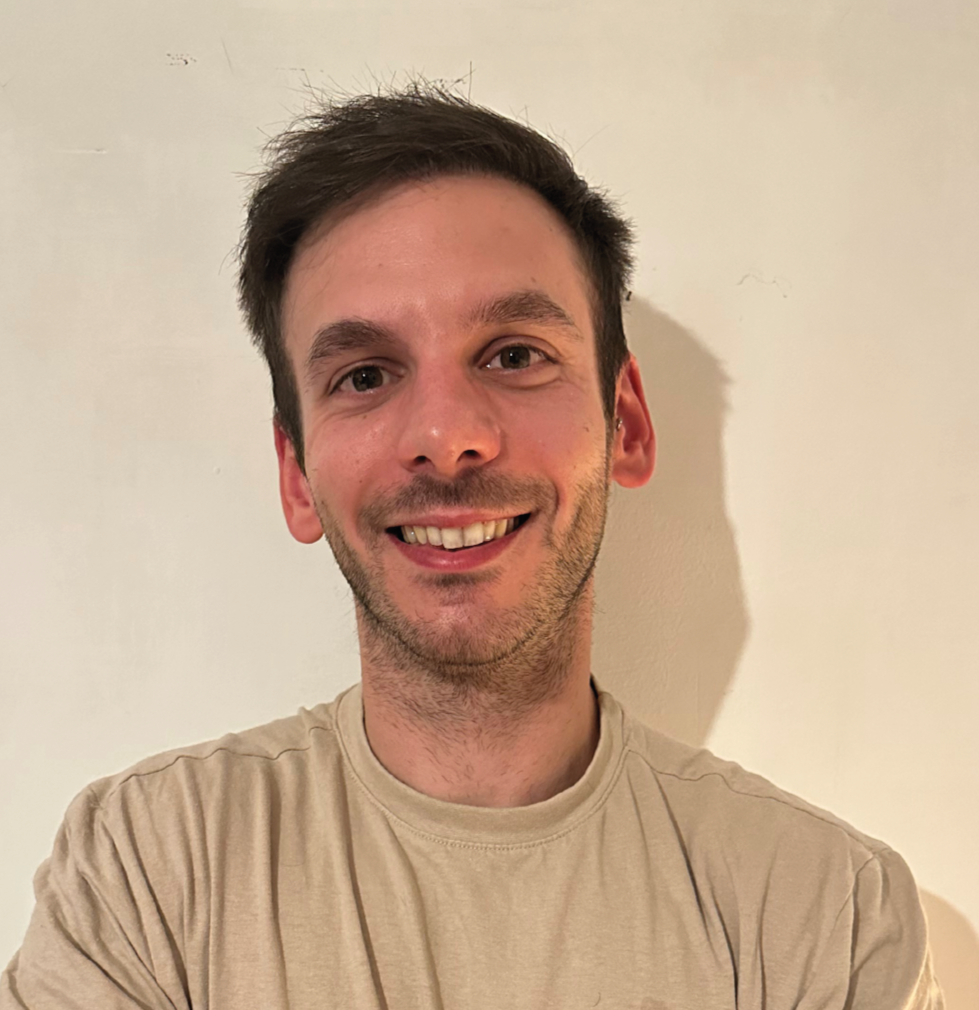
Hi, my name is Nicolò Meneghetti, and welcome to my personal page.
I earned a Bachelor’s degree in Biomedical Engineering at the University of Genoa in 2016.
Consequently, I moved to Pisa, where I got my Master’s degree in Bionics Engineering,
jointly delivered by the University of Pisa and Sant'anna School of Advanced Studies.
I have lived in Pisa since 2016, and in 2023 I earned a P.h.D. in Biorobotics at the Biorobotics
Institute of Sant'anna School of Advanced Studies. I work as a research fellow within the Computational Neuralengineering Lab,
masterfully supervised by Dr. Alberto Mazzoni.

I have had the opportunity to work with an extremely
dynamic laboratory and with an enthusiastic and passionate supervisor.
This has given me the opportunity of facing very different research questions
and themes, despite being an early (very early) researcher.
During my first year of Mater’s I had, for example, the chance to
work with calcium imaging of dissected hippocampal and cortical slices at
the International School for Advanced Studies in Trieste with Prof. Vincent Torre.
During my Master’s thesis I investigated instead the neural correlates
of low-intensity ultrasonic stimulation (US). I explored the effect of US
on leech ganglion neurons recorded with intracellular electrodes and on the
central nervous system of larval stage of zebrafishes recorded with wide-field
calcium imaging.
During my Ph.D., I have investigated the mechanisms behind
the rythmogenesis of gamma activity in rodents' visual cortex. I have combined
data analysis with computational simulations to investigate the proprieties
of gamma oscillations in the primary visual cortex in physiological and
pathological conditions. My goal was and still is to test and explore the potentialities
of gamma activity as a biomarker of neural (mal)functioning.
Data analysis, statistics, machine learning, programming, and
computational simulations. Data on humans, mice, leeches, and zebrafishes.
I have (and hopefully will) encountered a plethora of methodological tools
and have undertaken many scientific journeys with a single aim: trying to
push forward the current knowledge on the physiological and pathological
mechanisms of information processing in the central nervous system.